Filter by

Biomimicry
Nature is filled with an amazing array of living things, each with unique designs and behaviors that help it adapt and survive. Humans have much to learn from nature, and the new science of biomimicry helps us copy and apply lessons from nature in our own lives. Biomimicry allows students to investigate a variety of examples of biomimicry from Velcro to antireflective computer screens and more.…
- Edition
- ed. I
- Series Title
- LEVELLED BOOK . Y
- Call Number
- 720.47 RUS b
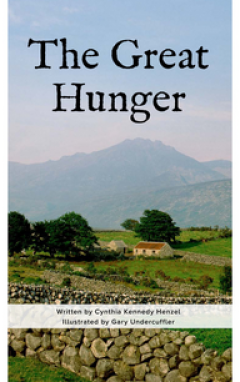
The Great Hunger
The Great Hunger informs readers about the famine that swept across Ireland during the mid-1800s. Potato blight left poor tenant farmers with nothing to feed their families, but they were still forced to work the land and export grain to their landlords in Britain. Over the course of sixteen grueling years, Ireland's population dropped from over 8.5 million to 5 million. People died from starva…
- Edition
- ed. I
- Series Title
- LEVELLED BOOK . Y
- Call Number
- CYN t
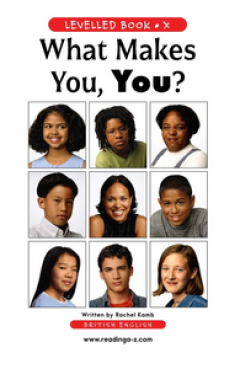
What Makes You, You?
Have you ever wondered why your eyes are blue and your sibling's are brown? Why a friend can roll his tongue and you can't? This informative book answers these questions. Readers will also learn about dominant and recessive traits and how to use a Punnett square to determine the probability of inheriting a particular characteristic.
- Edition
- ed. I
- Series Title
- LEVELLED BOOK . X
- Call Number
- RAC w

Refugees
Like all people, refugees want to live where they can feel safe. Refugees informs readers about the many reasons people are forced to flee their homes to seek safety as well as the challenges and hardships faced along the way. This book can also be used to teach students how to determine cause-and-effect relationships and recognize and use correct subject-verb agreement.
- Edition
- ed. I
- Series Title
- LEVELLED BOOK . Y
- Call Number
- KIR r

1865: The End of the Civil War
The war that divided the country also changed it forever. 1865: The End of the Civil War provides students with a comprehensive look at this fascinating time in history. The book can also be used to teach students how to determine cause-and-effect relationships and the proper use of commas after introductory words.
- Edition
- ed. I
- Series Title
- LEVELLED BOOK . Z
- Call Number
- DAV 1

Abraham Lincoln: From Log Cabin to the White House
Abraham Lincoln's life began in a humble log cabin in Kentucky. Self-educated and skilled at public speaking, Lincoln became a lawyer, a member of Congress, and eventually president of the United States. This biography clearly illustrates illustrates Lincoln's impact on U.S. history and why he is considered one of the most important American presidents.
- Edition
- ed. I
- Series Title
- LEVELLED BOOK . Z
- Call Number
- BEA a
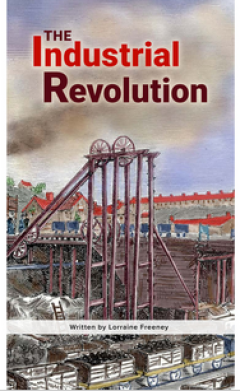
The Industrial Revolution
The world as we know it today is a direct result of the Industrial Revolution, a time of great change and innovation. While the Industrial Revolution improved the standard of living for many people around the world, it also had negative effects, including an ongoing dependency on fossil fuels and poor work environments. The Industrial Revolution introduces students to a detailed history of this…
- Edition
- ed. I
- Series Title
- LEVELLED BOOK . Z
- Call Number
- 337.009 LOR t
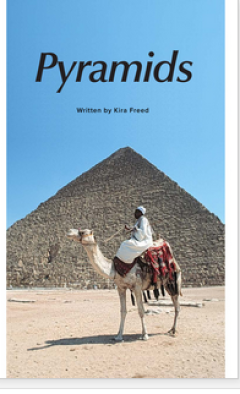
Pyramids
Pyramids explains why, how, and by whom the Egyptian pyramids were built. It also explains how bodies were prepared for burial inside the pyramids. The book discusses the importance of studying the pyramids as a way of learning about ancient Egyptians and their culture. Pyramids built by other cultures, such as the Aztecs and the Mayans, are also discussed. Illustrations and photographs enhance…
- Edition
- ed. I
- Series Title
- LEVELLED BOOK . Z
- Call Number
- 916.2 KIR p

Natural Wonders of the World
- Edition
- ed. I
- Series Title
- LEVELLED BOOK . V
- Call Number
- JAN n
- Edition
- ed. I
- Series Title
- LEVELLED BOOK . V
- Call Number
- JAN n
 Computer Science, Information & General Works
Computer Science, Information & General Works 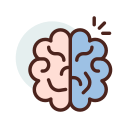 Philosophy & Psychology
Philosophy & Psychology  Religion
Religion  Social Sciences
Social Sciences  Language
Language  Pure Science
Pure Science  Applied Sciences
Applied Sciences  Art & Recreation
Art & Recreation  Literature
Literature  History & Geography
History & Geography